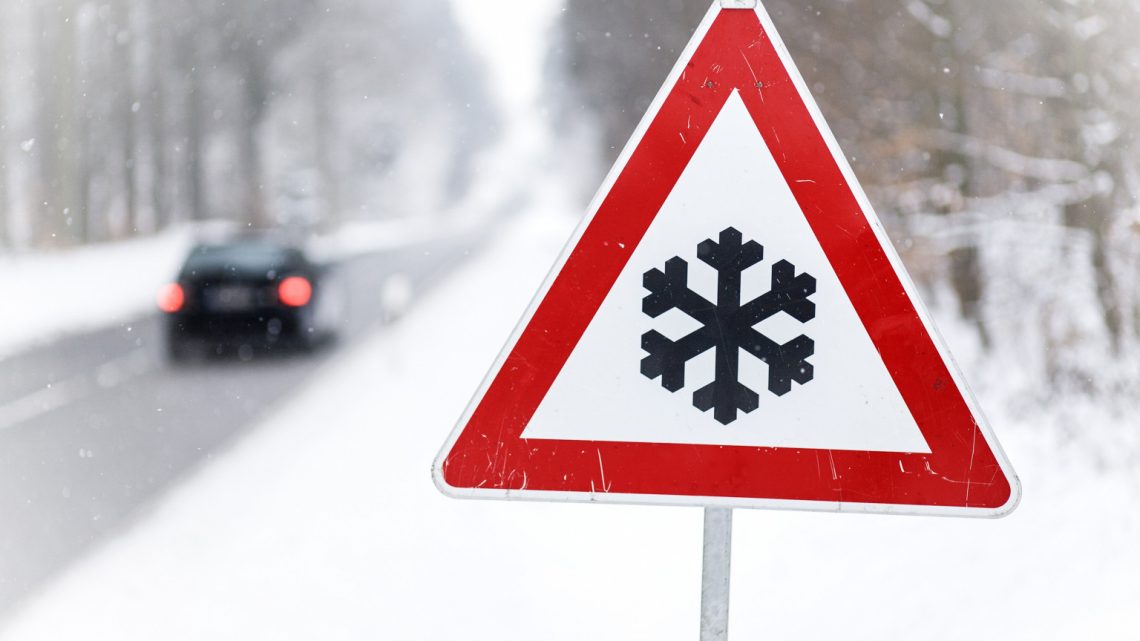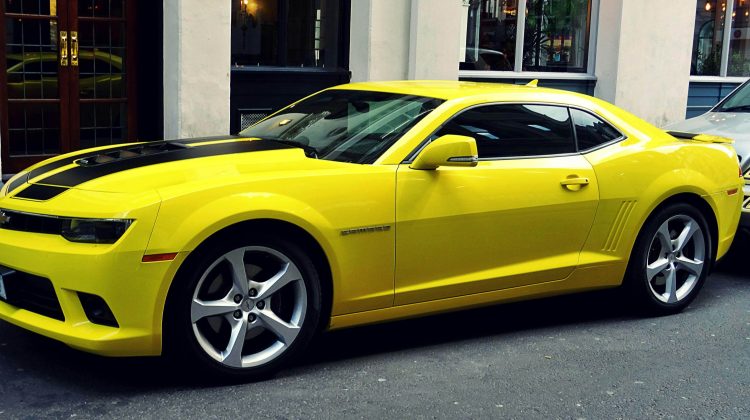According to the United States Department of Transportation, nearly 70% of the U.S. population is located in snowy regions that receive more than 5 inches of snow annually. And every year, 76,000 people are injured in car accidents during snowfall and sleet. This is why it is so important to make sure your vehicle is up to the safety standards necessary to drive safely during the winter season. With blizzard warnings already happening across the midwest in early November, it is important to make sure you and your vehicle are prepared for this winter.
Create a Winter Emergency Kit
You should consider adding items to your emergency road kit that could be beneficial for snowy weather. Some of these items include shovels, gloves, ice scrapers, and snow boots. You should already have a basic emergency car kit with supplies including jumper cables, water, and flares. Winter weather conditions may present difficult driving hazards, so it is important to be prepared for anything that may happen on the road.
Prevent Carbon Monoxide Poisoning
In order to prevent carbon monoxide from leaking from your vehicle, make sure your exhaust pipe is free from ice and snow. Check your car before leaving in order to prevent carbon monoxide poisoning from happening.
Check Your Tire Tread
Be sure to inspect your vehicle’s tires for tread wear. You can do this by placing a penny headfirst into the tread grooves across your tire. If you see the top of Lincoln’s head, your treads may be too shallow and worn, therefore needing to be replaced. If your tire tread is too low, especially during the winter, this could cause less traction and increase your risk of hydroplaning in snowy and wet conditions.
Slow Down
Driving too fast is the number one cause of winter driving accidents due to icy road conditions like black ice and low visibility. In the Denver metro area, winter weather is often to blame for traffic and car accidents. In 2019, a massive snowstorm in Denver resulted in more than 300 crashes, with 93 of them occurring in just a 3-hour period. Make sure to use your breaks sparingly and do not tailgate another vehicle. According to Denver accident attorneys at Kane Dulin McQuinn Young, there is “no black ice defense in the state of Colorado.” This means you cannot use black ice as an excuse for the accident. So keep calm and be sure to slow down if you are driving during hazardous weather conditions.
Avoid Using Cruise Control
When traveling long distances on highways, cruise control can be very convenient for drivers in normal weather conditions. Although, during the winter, using cruise control can be unsafe. If your car hydroplanes or skids, cruise control will accelerate your vehicle and rapidly spin the wheels trying to maintain a constant speed. This could cause you to lose control of your vehicle and possibly get into a serious accident.
Always Keep Your Tank Above ½ Full
It is wise to keep your gas tank above ½ full for a couple of reasons. During winter, it is possible that condensation will freeze inside gas lines. This would prevent your vehicle from starting. Dangerous weather conditions can also occur at any time, so it is best to have gas in your vehicle if for some reason you are stuck in standstill traffic.
Fix Your Car Heater
Short drives can be bearable without heat, but if you are stuck in standstill traffic for an extended period of time without having proper heat, you may be in trouble. Make sure to have a working heater this winter season to prevent not only daily discomfort but also give you peace of mind when stuck in traffic during extreme cold weather.
Although driving in snowy conditions can be somewhat unpredictable, you can prepare yourself and your car to help create a safer driving experience during the winter months and avoid a fatal accident.





No Comment